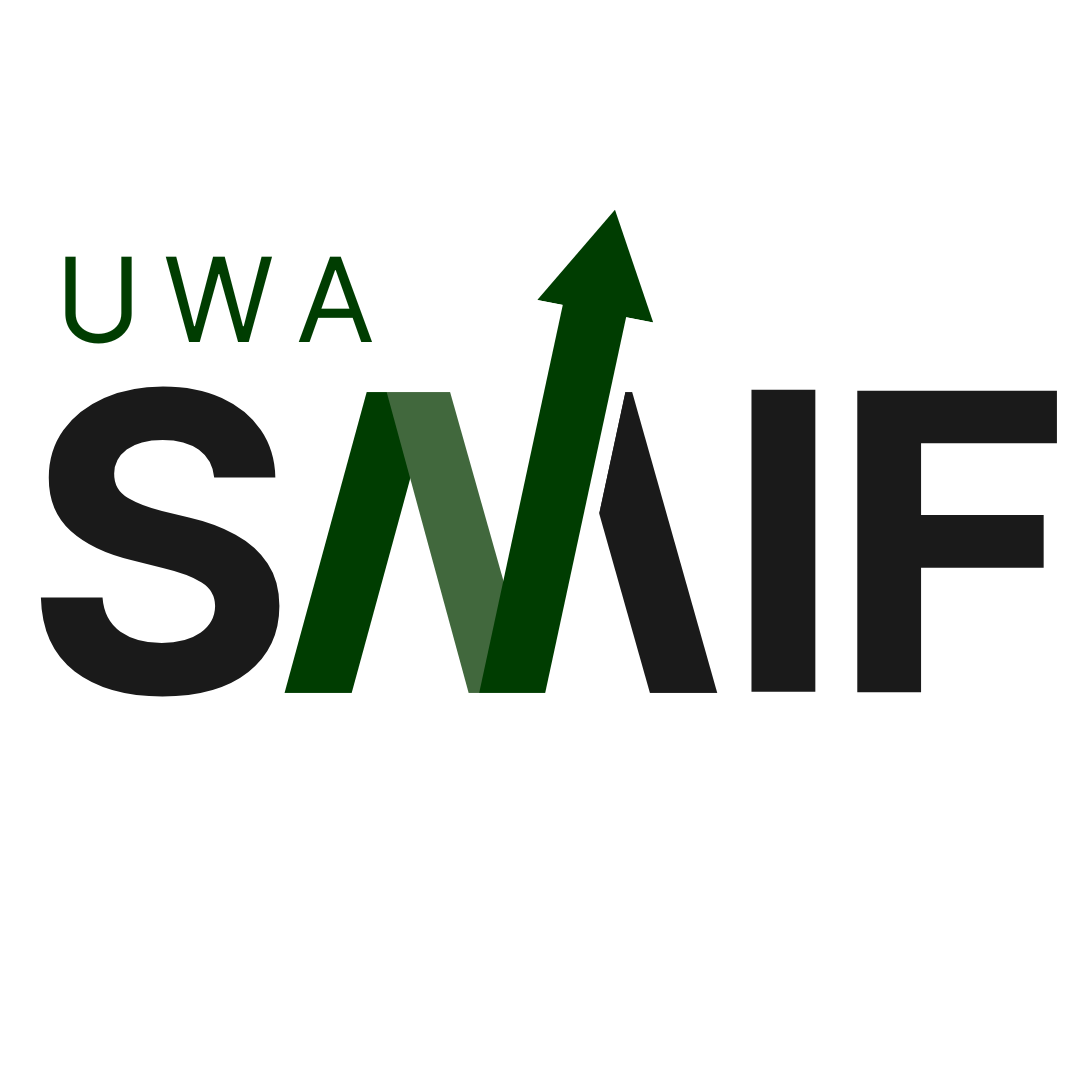When analysing investments, there’s no such thing as too much research. The more informed investors are around the company at hand including key industry and company specific performance drivers, operating segments and economic factors (just to name a few important areas), the more likely it is the decision to invest or not will be accretive to the portfolio. In this blog post, I’ll go through a few of the more common research tools and their pros and cons.
IbisWorld is a huge database of mostly industry-based reports. This is a great starting point when you are considering a new industry you haven’t dealt with before, or are looking for industry-specific data and projections.
Pros: the website is intuitive and provides concise qualitative and quantitative reporting around a vast number of industries, as well as finer detail within the reports available for download.
Cons: as with any reliable, comprehensive source, IbisWorld membership is expensive. While you can find some basic information and statistics without membership, most of the value is within the members’ area. If you’re a student or working in the industry, perhaps your university or employer already has a subscription.
Bloomberg has a website with news articles, blogs and some data around markets, but the real Bloomberg experience is sitting in front of a Bloomberg terminal. These terminals have extremely comprehensive data on just about all the exchange-traded financial products you can imagine, along with macroeconomic and other miscellaneous data, all of which can be exported to Excel-format very easily.
Pros: the customisable nature of Bloomberg yields extremely useful data extracts for use in financial models and your own industry and economic analysis. Once you learn how to use the software, a Bloomberg terminal becomes one of the most efficient sources for gathering data in the market.
Cons: Like IbisWorld, a Bloomberg terminal is very expensive but most large firms and universities will have one or more terminals available. Other than this, the software is not intuitive as a new user. In fact, it’s quite cumbersome and unfriendly when you start, so I’d recommend YouTube as a good way to learn some of the functionality.
Broker Reports
Many brokerage houses and institutional equity research departments publish company-specific reports which can serve as a good basis for research into a given firm. These can help you understand businesses and their recent and projected financial and operational performance, and usually provide some industry analysis all together in the same place.
Pros: broker reports generally touch on all important facets of research, and serve as a fantastic initial starting point. Some even publish valuation targets and details such as WACC calculations and exit multiples which can be useful when putting together your own valuation.
Cons: it’s important to realise many brokers may have an interest in the firm they are reporting on, whether a direct exposure or possibly an ulterior motive such as winning a tender with the company in the future. This might not be clearly stated within the report, but take data such as valuation targets with a pinch of salt (or a tablespoon of salt in this case of a $0 valuation).
The Australian Financial Review
This is a pretty obvious one, but it couldn’t be left out. The AFR provides solid qualitative articles covering major events in the finance space.
Pros: the AFR newspaper is readily available, and is an easy way to keep abreast of market news.
Cons: whilst it used to be free, the AFR website now limits the number of articles you can view before forcing you to subscribe. UWA students have access to all AFR articles.
AtlasTrend is an Australian fintech company through which members can invest their funds, but it also has an informative blog and interesting articles around specific companies, industries and broader market commentary, encapsulated in an eye-catching, easy to use interface.
At the end of the day, there are myriad investment blogs, magazines, newspapers, research websites and financial data services around the world. It’s crucial to find trustworthy sources, to cross-check facts and figures and ultimately, to find a platform that works for you. This post has barely scratched the surface of the giant pool of information providers available and I encourage you to use as many quality references as you can find. As Benjamin Franklin so eloquently put it, “an investment in knowledge pays the best interest”.
Jake Friend
